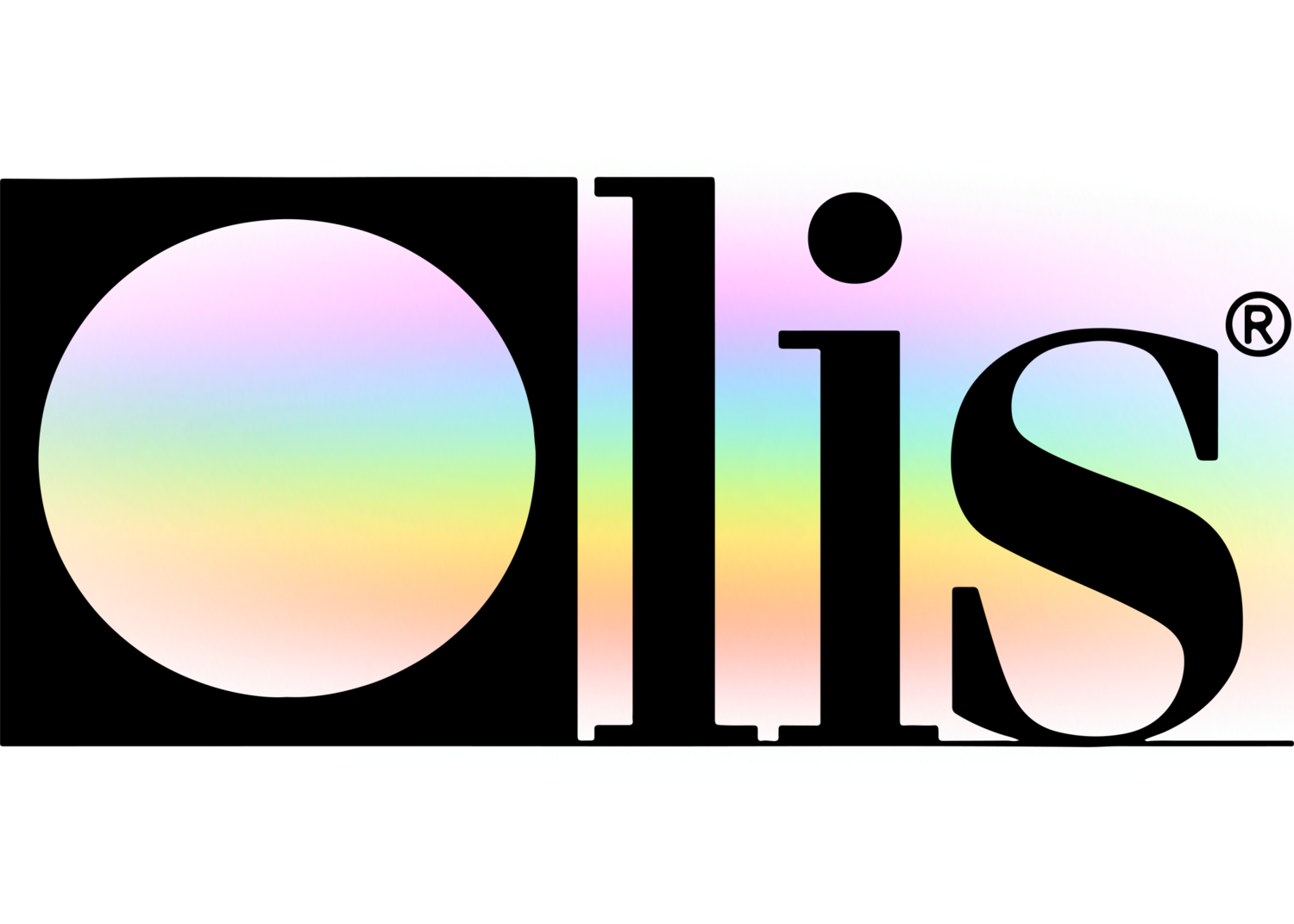Get This Report on Olis Clarity
Wiki Article
7 Easy Facts About Olis Clarity Shown
Whichever wavelength selector is used in the spectrophotometer, the light after that goes through a sample. For all analyses, measuring a referral sample, usually described as the "empty sample", such as a cuvette filled with a comparable solvent made use of to prepare the example, is important. If an aqueous buffered option consisting of the sample is used for measurements, after that the aqueous buffered solution without the substance of interest is used as the referral.

The reference example signal is then later made use of automatically by the tool to assist acquire the true absorbance worths of the analytes (https://www.anyflip.com/homepage/ageyu#About). It is necessary to be familiar with the products and conditions used in UVVis spectroscopy experiments - circular dichroism. The majority of plastic cuvettes are unacceptable for UV absorption research studies since plastic generally soaks up UV light.
For that reason, quartz sample owners are required for UV exam since quartz is clear to most of UV light. Air may also be considered a filter since wavelengths of light shorter than about 200 nm are soaked up by molecular oxygen in the air. An unique and much more pricey setup is needed for measurements with wavelengths much shorter than 200 nm, usually including an optical system full of pure argon gas.
Facts About Olis Clarity Uncovered
After the light has passed with the sample, a detector is utilized to convert the light into an understandable digital signal. A photoelectric layer expels negatively charged electrons when subjected to light.
The fraction I divided by Io is additionally called passage (T), which shares just how much light has actually gone through a sample. However, Beer, Lambert's regulation is commonly related to obtain the concentration of the example (c) after gauging the absorbance (A) when the molar absorptivity () and the course length (L) are known.
The term optical thickness (OD) is occasionally inaccurately utilized reciprocally with absorbance. OD and absorbance both determine the amount of light intensity lost in an optical part, but OD takes into account loss from light spreading whereas absorbance does not. If really little light scattering is present in a dimension, after that OD may be estimated directly making use of absorbance and Beer, Lambert's regulation may be made use of.
The Greatest Guide To Olis Clarity
Cuvettes made for a 1 cm path length are typical and are most typical. Occasionally, very little example is available for assessment and much shorter course sizes as small as 1 mm are needed. https://www.merchantcircle.com/blogs/olis-clarity-athens-ga/2023/11/Spectrophotometers-Revolutionizing-Research-with-Olis-Clarity/2600756. Where quantitation is needed, absorbance values should be kept listed below 1, within the dynamic variety of the instrument
With such little light getting to the detector, some UVVis spectrophotometers are not sensitive sufficient to quantify little amounts of light accurately. Two basic possible options to this problem are to either weaken the example or decrease the path size. As discussed over, recording a standard range using a "blank" reference solution is necessary.
In a real circumstance, nonetheless, the standard spectrum will typically have some really tiny positive and unfavorable absorbance worths. For best practice, these little absorbance values are frequently instantly deducted from the sample absorbance values for each wavelength of light by the software program to get the true absorbance values. 1Depending on the function of the analysis, the building and construction of a calibration contour might be desirable.
The Only Guide to Olis Clarity

Level of sensitivity is the capacity to set apart in between the tiny distinctions in the sample concentration. Knowing the worths ahead of time, if readily available, can aid to determine the concentrations of the examples called for, especially where samples are limited or expensive.
When duplicating the exam of more an example, generally, a minimum of three replicate trials prevails, yet much more duplicates are needed in certain areas of job (https://julieanndesalorenz.wixsite.com/olis-clarity/post/breaking-boundaries-olis-clarity-s-revolution-in-circular-dichroism-and-circularly-polarized-lumine). A computed amount, such as the focus of an unidentified example, is usually reported as a typical with a typical deviation. Reproducible outcomes are necessary to ensure accurate, top quality measurements
A reduced inconsistency or variant suggests a higher degree of accuracy and dependability. The technique is nondestructive, allowing the example to be reused or proceed to further handling or analyses.
Facts About Olis Clarity Revealed
1 Light spreading - Light scattering is commonly triggered by suspended solids in fluid samples, which might trigger serious measurement mistakes. The existence of bubbles in the cuvette or sample will scatter light, causing irreproducible results. Disturbance from multiple absorbing types - An example may, for instance, have numerous types of the environment-friendly pigment chlorophyll.
For an appropriate measurable analysis, each chemical types should be separated from the example and taken a look at individually. Geometrical factors to consider - Misaligned positioning of any one of the tool's components, particularly the cuvette holding the example, may generate irreproducible and incorrect outcomes. It is important that every element in the tool is straightened in the same orientation and is placed in the same position for every measurement.
UVVis has actually located itself used to several usages and scenarios including however not restricted to: Promptly verifying the purity and concentration of RNA and DNA is one especially extensive application. UV/Vis/NIR. A recap of the wavelengths used in their analysis and what they indicate are given up Table 1. When preparing DNA or RNA samples, for example for downstream applications such as sequencing, it is typically crucial to verify that there is no contamination of one with the other, or with healthy protein or chemicals carried over from the seclusion procedure
Report this wiki page